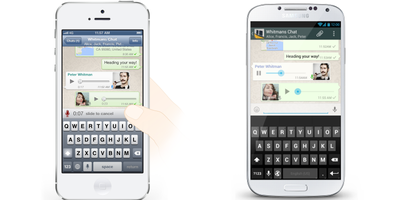 T-Mobile revealed today in its Q2 2013 results that it had sold a total of 4.3 million smartphones in the quarter, with iPhone sales accounting for 29% of the carrier's new and upgrade sales since its launch early in the quarter. The company announced an addition of 1.1 million new customers to the network, an improvement of 1.3 million additions from the year ago quarter, and also announced that service revenue for the quarter grew by 8.6% year-over-year.
T-Mobile revealed today in its Q2 2013 results that it had sold a total of 4.3 million smartphones in the quarter, with iPhone sales accounting for 29% of the carrier's new and upgrade sales since its launch early in the quarter. The company announced an addition of 1.1 million new customers to the network, an improvement of 1.3 million additions from the year ago quarter, and also announced that service revenue for the quarter grew by 8.6% year-over-year.
On April 12, 2013, T-Mobile began selling the iPhone at all company-owned stores in combination with the new Simple Choice service plan. Since the April 12th launch, iPhone sales have accounted for approximately 29% of T-Mobile’s branded gross customer additions and upgrade smartphone sales, excluding MetroPCS.
Earlier this year, T-Mobile became the last major U.S. major cellular carrier to begin selling the iPhone and has attempted to differentiate itself from other cellular networks with new ‘customer-friendly’ rate plans that involve no annual contract. Last month, research firm Kantar Worldpanel found that Apple’s share of the smartphone market rose by 3.5 percentage points compared to the prior-year period, with the iPhone 5 being the best-selling smartphone on T-Mobile.


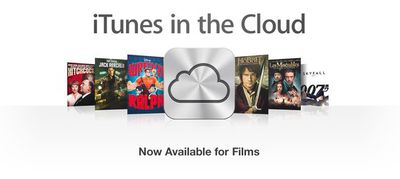

 The five book publishers who settled with the U.S. Government in the e-book antitrust case have
The five book publishers who settled with the U.S. Government in the e-book antitrust case have  Apple today seeded build 12F33 of OS X 10.8.5 to developers, marking the eighth beta iteration of 10.8.5. The release comes exactly one week after the previous OS X 10.8.5 beta,
Apple today seeded build 12F33 of OS X 10.8.5 to developers, marking the eighth beta iteration of 10.8.5. The release comes exactly one week after the previous OS X 10.8.5 beta, 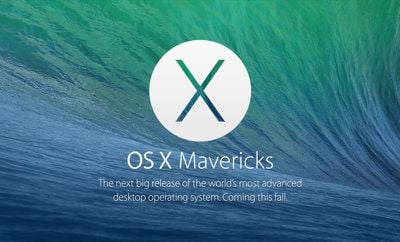


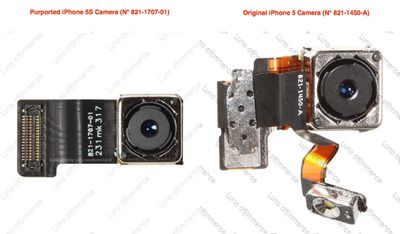
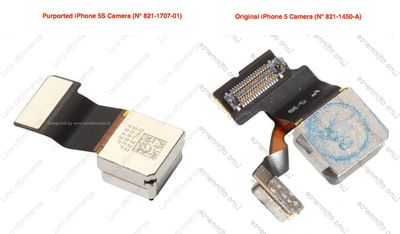
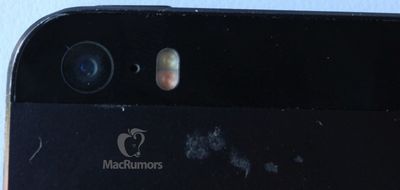
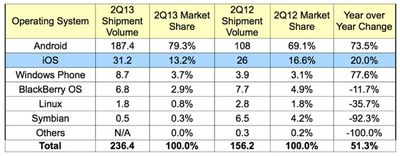


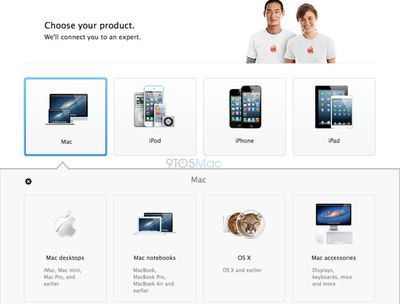
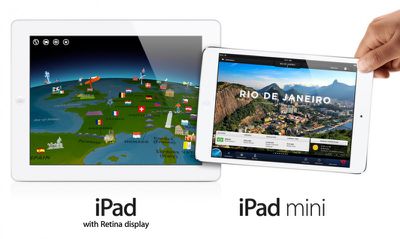

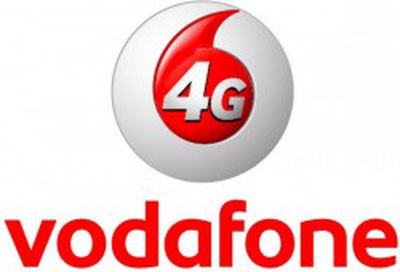 Vodafone, the world’s second largest mobile carrier, has
Vodafone, the world’s second largest mobile carrier, has 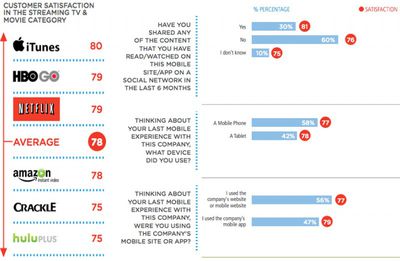
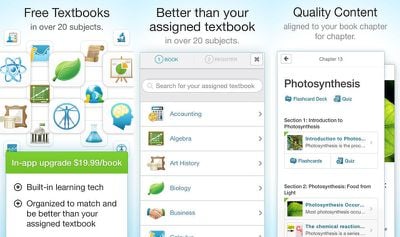
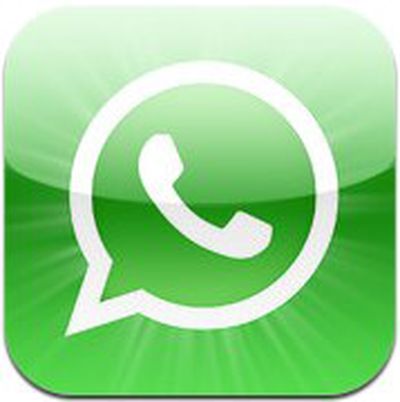 Popular messaging app
Popular messaging app 